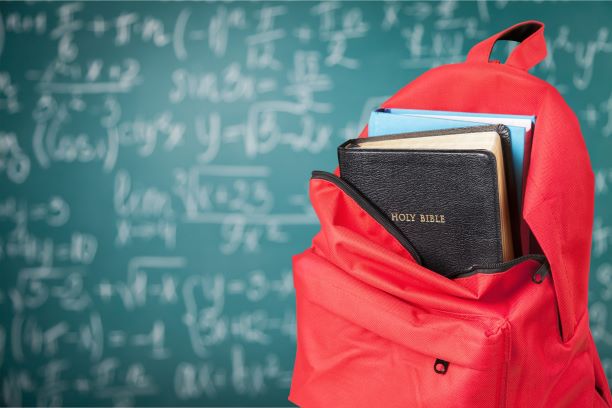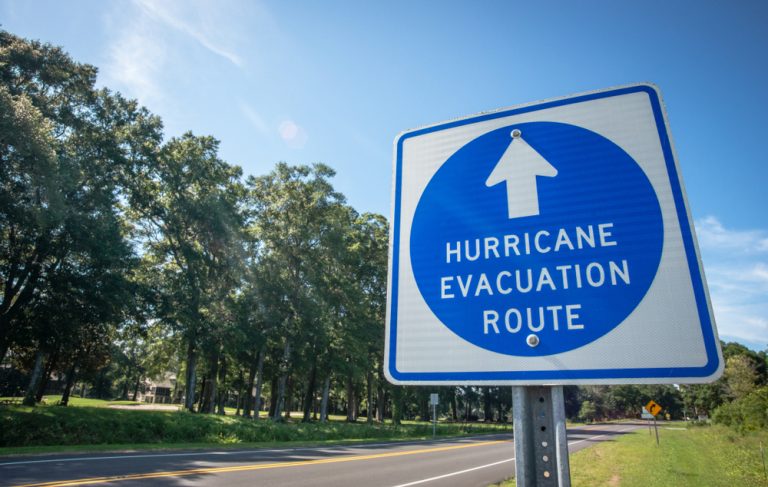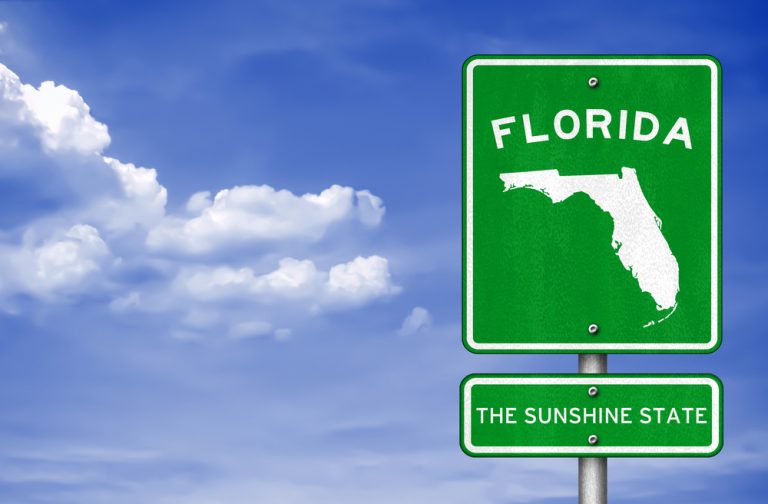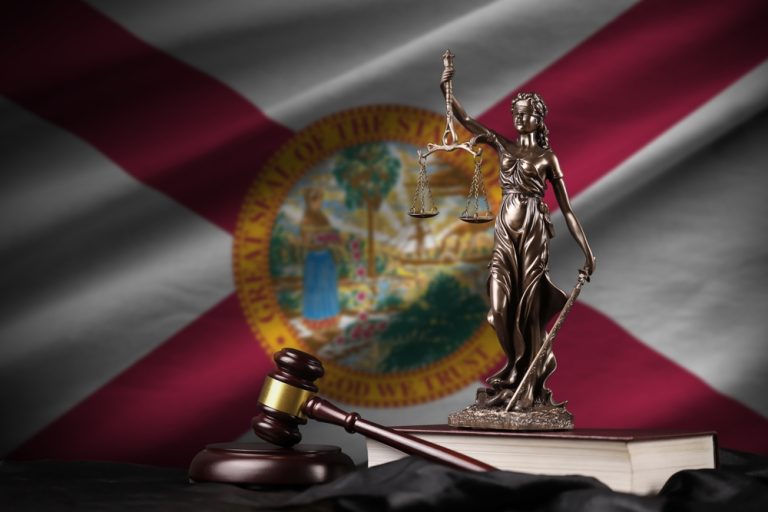Supreme Court Appears Split on Whether to Approve Religious Charter School
Supreme Court Appears Split on Whether to Approve Religious Charter School
On April 30, 2025, the United States Supreme Court heard oral arguments in the consolidated cases of Oklahoma Statewide Charter School Board v. Drummond and St. Isidore of Seville Catholic Virtual School v. Drummond. If the Court finds in favor of the petitioners—arguing on behalf of Oklahoma’s charter school board and a would-be Catholic charter school—it would pave the way for establishment of the nation’s first religious charter school. However, in arguments that stretched over two hours, it was not entirely clear what the ultimate result would be.
The case concerns whether St. Isidore of Seville Catholic Virtual School, an envisioned online Catholic charter school in Oklahoma, will be permitted to enter into a contract with the Oklahoma charter school board and operate as a religious school. After initially receiving approval by the statewide charter school board, the school’s contract was challenged by Oklahoma’s Attorney General before the Oklahoma Supreme Court. Oklahoma’s high court invalidated the contract, determining that the school is a public school and thus, pursuant to Oklahoma law, must be non-religious. The charter board and school sought direct relief from the United States Supreme Court, arguing the Oklahoma Supreme Court’s decision was a violation of the Free Speech Clause. Opposing the petitioners is Oklahoma’s Attorney General, Gentner Drummond, who has argued that condoning the school would create an Establish Clause violation.
Justices Thomas, Alito, Gorsuch, and Kavanaugh appeared sympathetic to the petitioners’ arguments, whereas Justices Sotomayor, Kagan, and Jackson were more skeptical and voiced concerns about the downstream effects of allowing a religious school to receive state funds and, as they saw it, operate under the guise of a public school. Although the outcome is difficult to predict, across oral arguments it appeared Chief Justice John Roberts may be the decisive vote, as he asked probing questions of both sides and did not seem definitively inclined towards one party’s arguments. Justice Barrett has recused herself from the case. This means if the Court votes 4-4, the Oklahoma Supreme Court’s decision would stand.
Questioning by the justices seemingly favoring the charter school focused on the Supreme Court’s line of decisions that have generally held a state violates the Free Exercise Clause when it excludes religious individuals or entities from otherwise publicly available benefits or programs solely because of their religious character. The petitioners agreed, pointing to the Court’s precedent in Carson ex rel. O.C. v. Makin, 596 U.S. 767 (2022), Espinoza v. Mont. Dep’t of Rev., 591 U.S. 464 (2020), and Trinity Lutheran Church of Columbia, Inc. v. Comer, 582 U.S. 449 (2017). These cases, they argued, meant Oklahoma’s exclusion of religious entities—and religious entities alone—from applying to be charter schools violated the United States Constitution.
Chief Justice Roberts pushed back against this slightly, pointing out that the programs in the prior trinity of cases “involved fairly discrete state involvement,” whereas what was being proposed by the petitioners struck him “as a much more comprehensive involvement.” At one point, Justice Sotomayor commented that the petitioners were arguing the Free Speech Exercise “trumps the essence of” the Establishment Clause.
The other justices’ questioning seemed to tip their hands as to their inclinations as well. Justice Kavanaugh, for example, noted no one is required to send their child to a charter school. He also focused on the argument that a ruling in favor of the petitioners would not just permit Catholic charter schools, but instead would create an environment where other religious groups who wanted to operate charter schools could apply. In his view, excluding religious schools seemed like “rank discrimination.” Justice Kagan, on the other hand, noted charter schools were public schools, stating “these are state-run institutions.” The respondents agreed and stressed that charter schools bear all the hallmarks of public schools, arguing they are free, open to all, and are overseen, must receive approval by, and can be shut down by the state.
There was also concern about the potential fallout if the Court ruled in favor of the charter school, which Oklahoma’s Attorney General’s attorney argued could range from issues over regulating curriculum and hiring practices at sectarian charter schools to a potential invalidation of the Federal Charter Schools Program. This, the Oklahoma Attorney General’s counsel argued, would create nationwide uncertainty and confusion over the legality of individual states’ charter school laws given they all essentially treat charter schools as public schools. Justice Gorsuch pushed back on this suggestion, saying that states could adapt their charter school laws to bring them more directly under state control, making them a part of the government and thus creating a scheme whereby sectarian schools would not be permitted.
Should the Court rule in favor of the petitioners, it would represent a stark change in how states approach charter schools. That is, states would likely find it difficult to exclude religious schools—regardless of the popularity of their faith—from applying for charter school status, even if approving these schools may prove controversial based on their religious tenets and ideology. And it would probably result in a funneling of taxpayer funds to these institutions for the teaching of religious education.
A decision is expected sometime in late June or early July. While Chief Justice Roberts appears as if he may be the swing vote, forecasting the outcome of a case from oral arguments is difficult and it is uncertain how the Court will rule, especially given the novelty of the questions presented and the competing interests in play on both sides.
We will continue to follow the case and share the impact of the Court’s decision once it is known.







